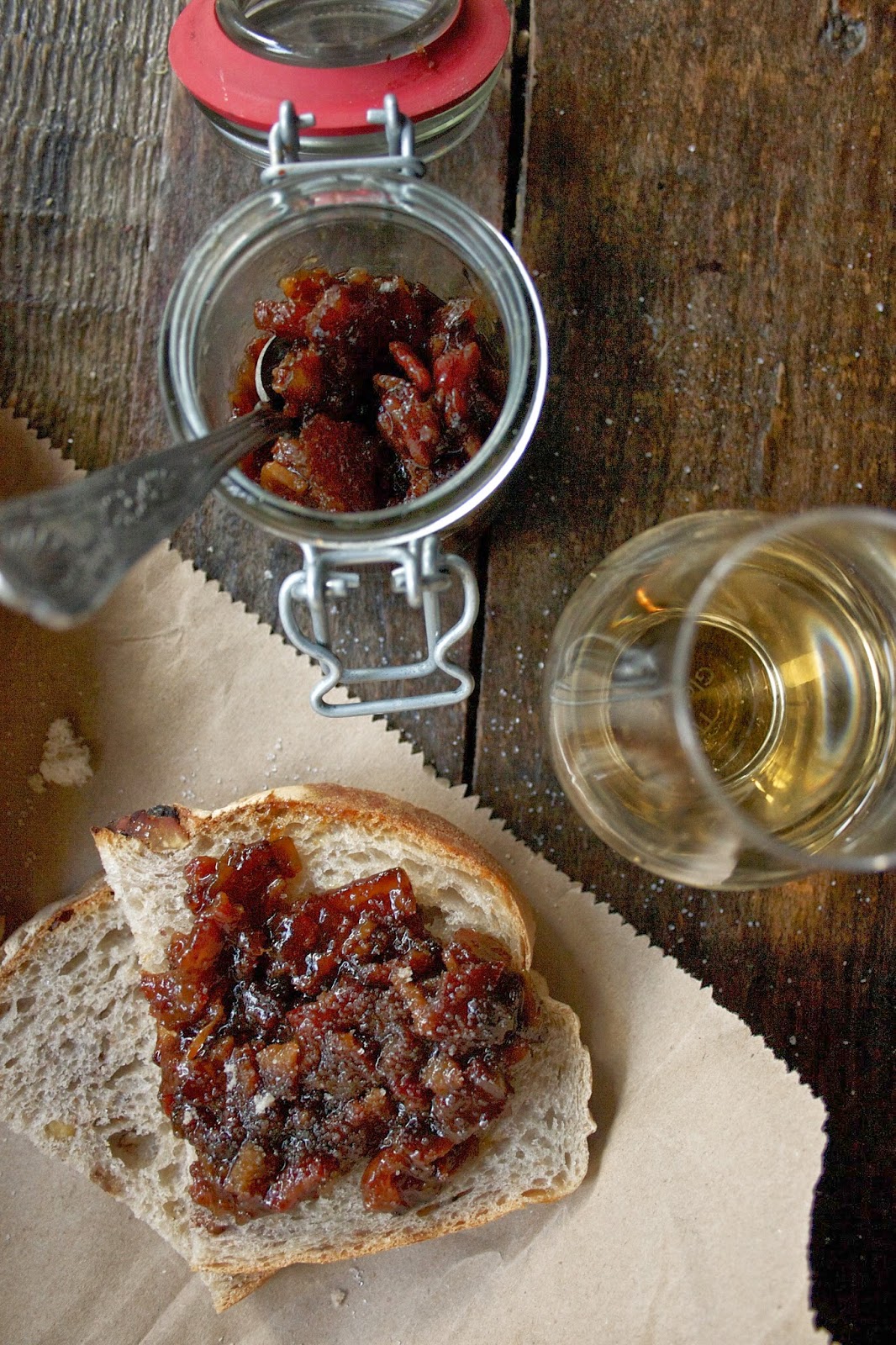I am Australian. Or Irish. Or Irish-Australian. I guess I hoist a flag of convenience. I have lived in Dublin for eight years, and yet still delight in meeting someone from my part of the world to indulge in the liberal use of the words capsicum and thongs with impunity. It feels like kicking off shoes that are a tiny bit too small, stretching out my toes. I ache to use the ‘right’ words for things. That said, I think of myself as a Dubliner. It is my home and the cadence and language of the city are beautiful to me. The extent to which this discordance affects my accent was painfully evident while listening back to a recent podcast recorded with my friend Colin Harmon.
The Munch and Gargle podcasts are the latest in a long line of brave and passionate ideas Colin is responsible for bringing to Dublin. I am so pleased he asked me to join him and Patrick O’Reilly for the inaugural episode of the series. We chatted for more than an hour about running a food business: the joys and the challenges. It felt like chatting with friends over wine. I am looking forward to listening to the next instalments as they are released over the coming weeks.
One of my favourite elements of the series is the last ten minutes ‘Blank Canvas Bistro’ where Colin is gathering ideas for his next venture poses the question, What kind of place would you create if given:
A Willing Backer
30 Seats
Budget No Object
For me there are almost as many answers to this as there days in a month. I will let you listen to the podcast at 73.30 to hear that day’s notion. I mention a pairing that I did with a Nikka Whiskey, Yoichi 10.
Yoichi one of my favourite whiskeys to pair with food. The gentle elegant smoke of the whiskey is finely balanced with soft vanilla and some delicate fruity and sea brine notes. Each Nikka whiskey I have tried has been very finely crafted, the layers of flavour married seamlessly. Working with them is great fun, trying to unravel the deftly bound flavour profile to come up with a complementary pairing. On a recent occasion, a dinner with the European Nikka brand ambassador I paired Yoichi with a plump Irish queen scallop, seared until the golden crisp exterior contrasted with the texture of the meaty centre, and sweet smoked bacon picking up on the fleeting sweetness of the whiskey. The sea scallop echoes the slight brine of the whiskey, while spiced almond and matcha salt bolstered the soft tannins from the oak casks that held the whiskey for 10 years.
| Yoichi 10 |
| Seared Irish Queen Scallop, Smoked Bacon, Spiced Almond |
| Ingredients | Serves 4 (Amuse Bouche) |
| 1 egg white | 0.5teaspoon matcha powder |
| dash of water | Teaspoon Cinnamon |
| 50g almonds | Teaspoon Mace |
| 4 smoked streaky rashers | Teaspoon Brown Sugar |
| 8 large fresh scallops | 20g course sea salt |
| Heat oven to 150 Celsius. | |
| To make the salt, mix spices, matcha, salt & sugar | |
| & set aside; Whisk water and egg white together | |
| until frothy. Toss almonds through egg/water mix & | |
| then coat with sugar & spice mix. Bake in oven for | |
| one hour, stirring every 10 minutes. Once cooled | |
| grind with mortar & pestle. Season with extra salt |
| if needed. Fry bacon rashers in oil over medium | |
| high heat until crisp, about five minutes each | |
| side. Then sear scallops in the oil left behind | |
| from the bacon, one minute each side. | |
| Crumble the bacon to form a base for the scallops | |
| & season scallops with lots of almond salt. Serve | |
| with slices of apple or garden peas for colour |
| and freshness. We also served a crab bon bon on | |
| the evening. |













